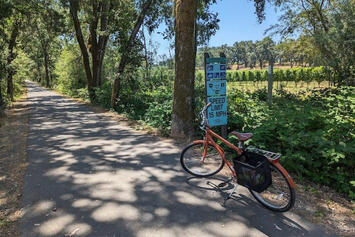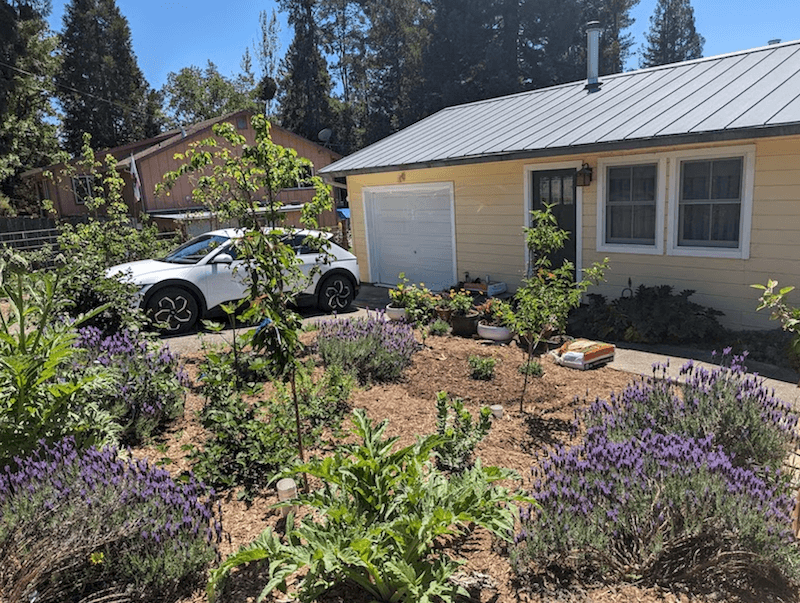
The dominant philosophy that guides North American land use and transportation policy is advocacy of car ownership. The logic is simple. If you have a car you have automatic access to a wide variety of geographic employment options at any time of the day or night regardless of weather. If you have a car you can live anywhere you want. If you have a car you can shop wherever you want. If you have a car you can associate with anyone you want. Auto-mobility makes everything about your life better.
Conversely, if you rely on what’s available on foot, by bike, or public transportation you’re options are sharply curtailed in space and time and you suffer the whims of heat and cold, rain and snow along with lower wages, higher prices, and worse living conditions. Looking around at the suburban landscape it’s hard to argue. That philosophy isn’t wrong. But it’s more complicated than that… I’m going to use a real life example of how different people find different solutions to the transportation / land use puzzle.

We live in San Francisco, but have a cottage with a large garden in the countryside north of the city. We offer a cottage to Ukrainians for settlement. There are two bedrooms. It's close to town with shops, schools and a post office, so it's an easy walk or bike ride for most daily needs. Suitable for children and the elderly.
I sponsored a series of Ukrainian war refugees this year. I created a posting on Host4Ukraine stating “Дача в Каліфорнії” or “country cottage in California.” Ukrainians understand the concept of a dacha. This is a modest part time granny house outside the city where people grow a big garden and enjoy a bit of nature during the warmer months. The house itself is nothing special and I’ve furnished it entirely with a jumble of second hand items and things brought back from various trips. It really is as close to an authentic dacha as you can find in the States. While it isn’t going to win any awards for style, it’s clean and orderly and in a great location in Sonoma north of San Francisco. It also has the virtue of no missile attacks.
At present count I’ve sponsored ten Ukrainians. (I’m going to describe the first six here for the moment. Perhaps I’ll write about the others at a later date.) They arrive, get oriented, secure proper documents, and slowly integrate into their new lives. I describe myself as the bridge, not the destination. I meet them at the airport, provide free accommodations, food, cover the gas and electric bills, drive them to their appointments, and generally make them feel welcome. Along the way I show them the highlights of the area for fun.
So far all the Ukrainians have been from Kherson which is seeing some of the worst ongoing destruction. The most recent bombings killed enough civilians to prompt the official mass evacuation of all children from the territory. Older people are reluctant to leave their homes and become refugees abroad. But the young have too much to gain by leaving.
Before anyone arrived I received a continuous live feed of information. Everyone has a television studio in their pocket these days. As is so often the case, if you ask ten people what’s happening you’ll get fifteen answers. I don’t spend any of my time searching for The Truth. Instead, I explore how different people respond given external reality.
Read the rest of this piece at Granola Shotgun.
Johnny Sanphillippo is an amateur architecture buff with a passionate interest in where and how we all live and occupy the landscape, from small rural towns to skyscrapers and everything in between. He travels often, conducts interviews with people of interest, and gathers photos and video of places worth talking about (which he often shares on Strong Towns). Johnny writes for Strong Towns, and his blog, Granola Shotgun.
Photos: by the author.












